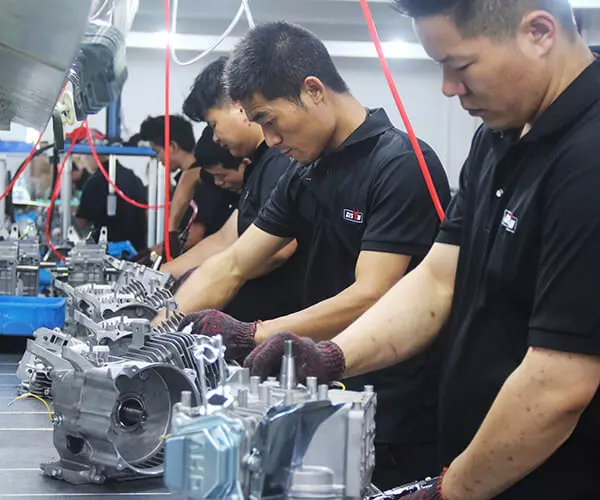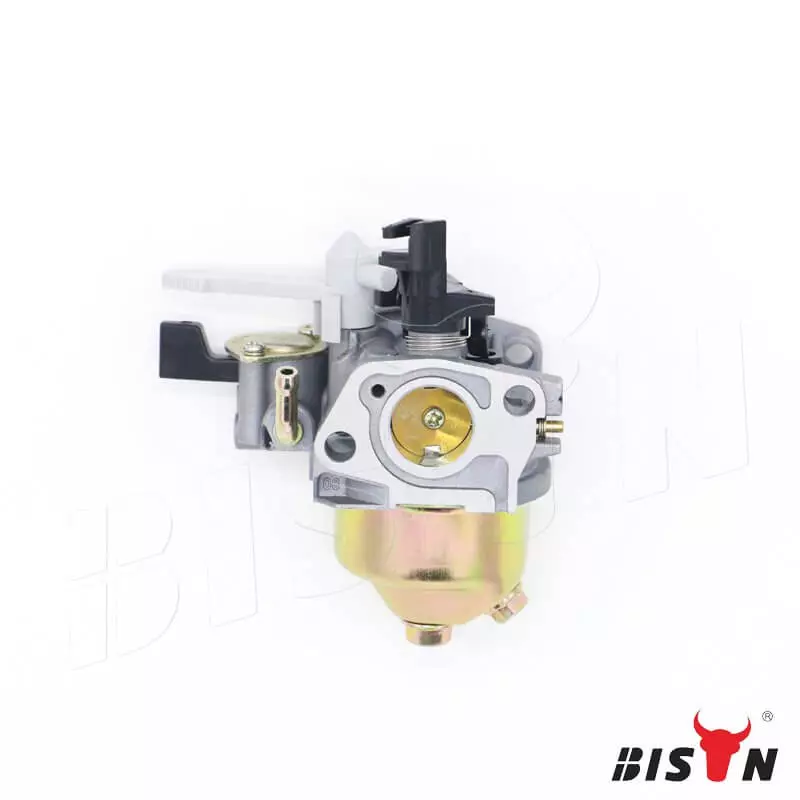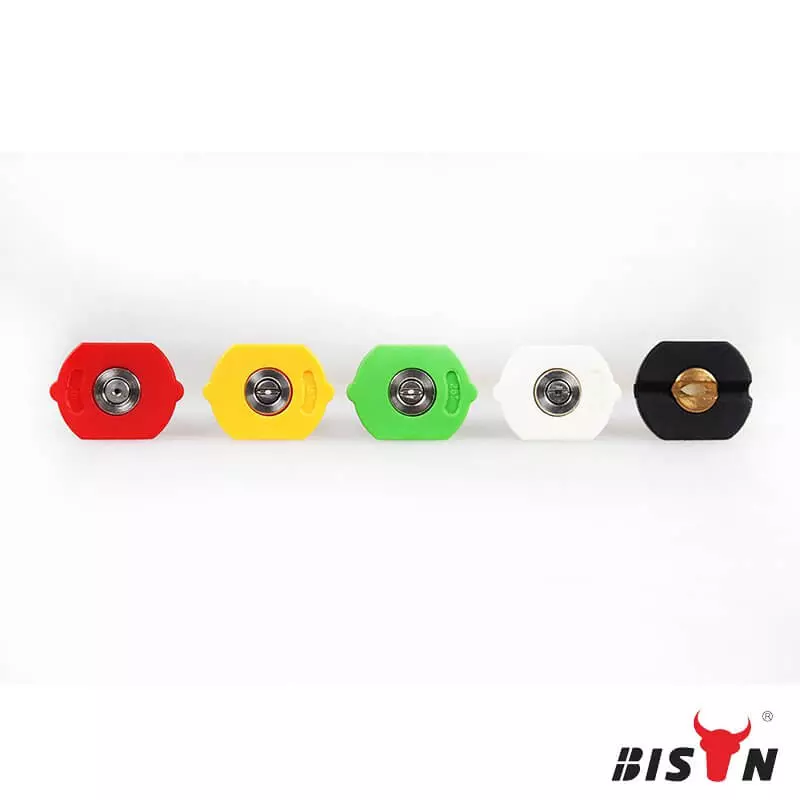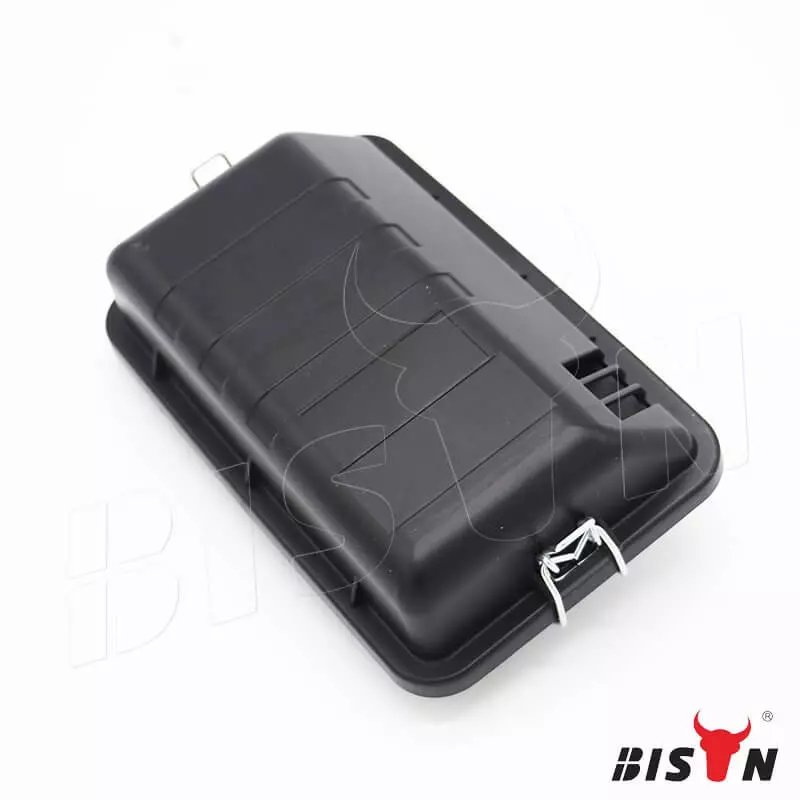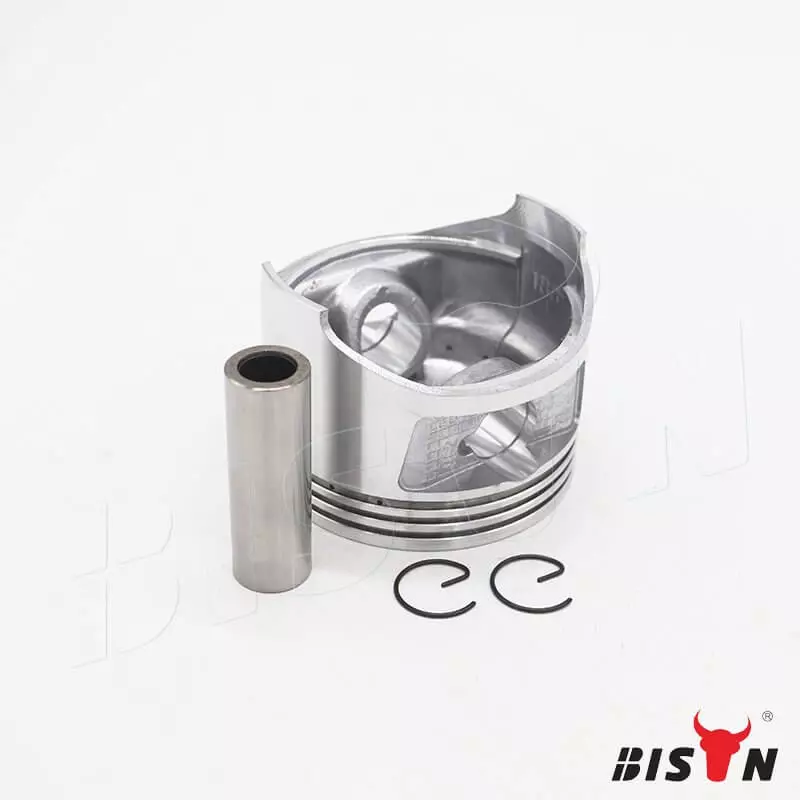

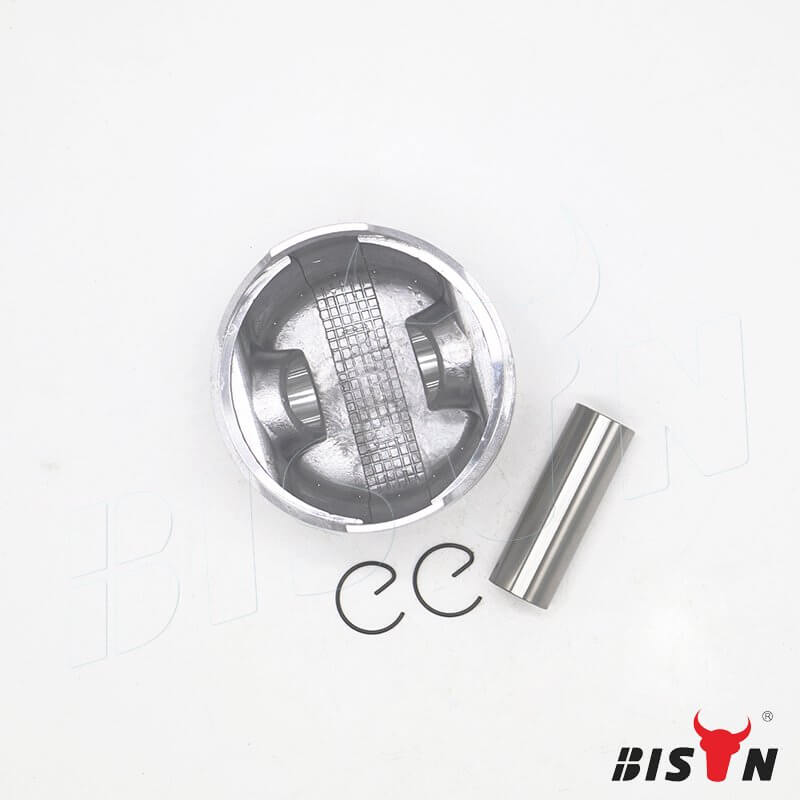
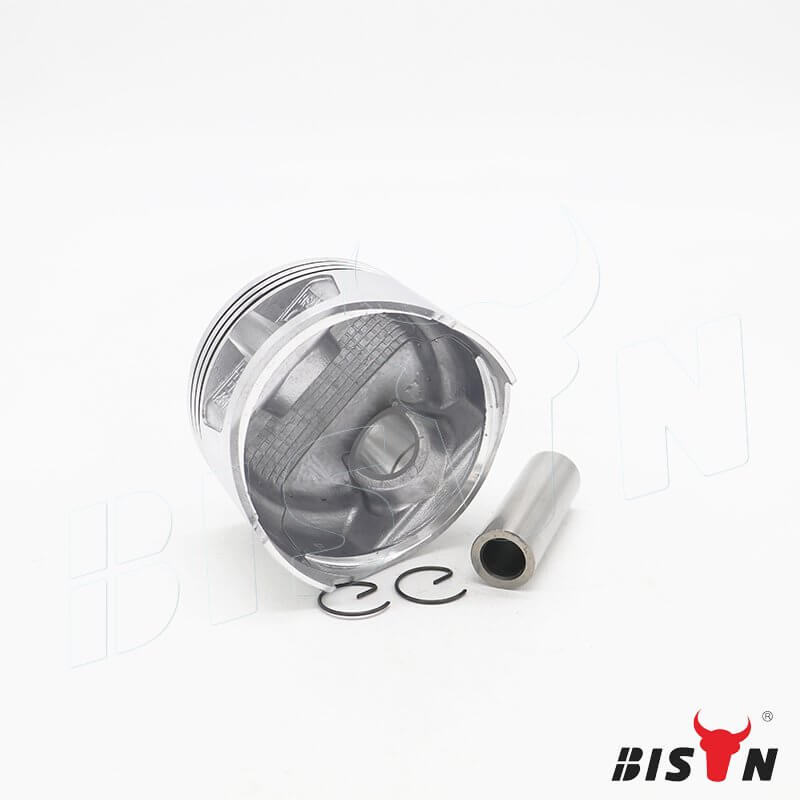
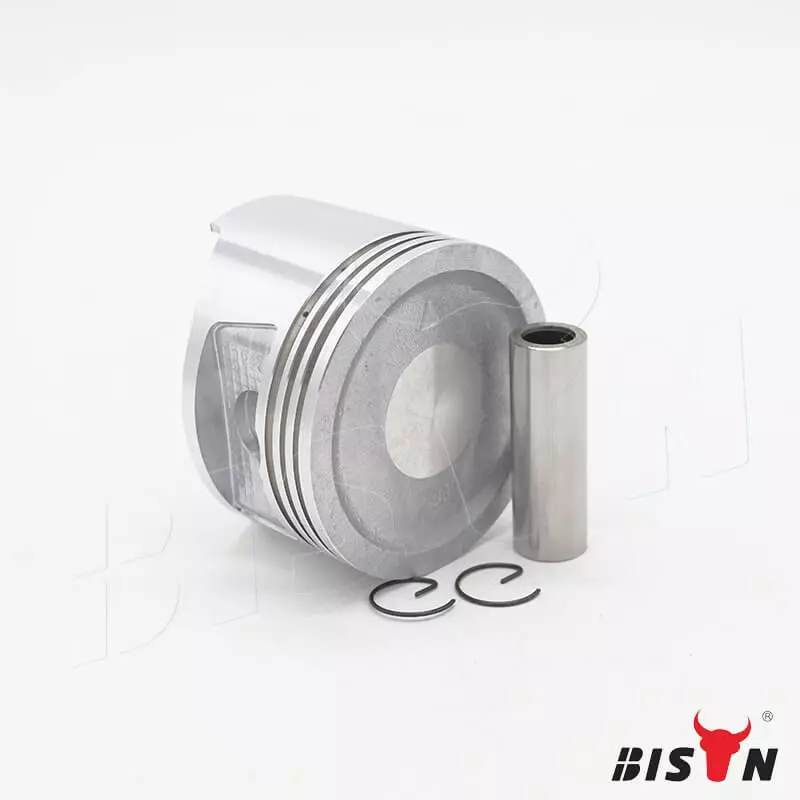

piston details
Pistons are part of reciprocating engines, reciprocating pumps, gas compressors, hydraulic and pneumatic cylinders, and other similar mechanisms. It is a moving part contained in the cylinder and airtight by the piston ring. In the engine, the purpose is to transmit the force from the expanding gas in the cylinder to the crankshaft through the piston rod and/or connecting rod. In the pump, the effect is reversed, and the force is transmitted from the crankshaft to the piston in order to compress or discharge the pump body. Liquid in the cylinder. In some engines, the piston also acts as a valve by covering and exposing ports in the cylinder.
The pin itself is made of hardened steel and is fixed in the piston, but can move freely in the connecting rod. Some designs use "fully floating" designs that are loose in both components. All pins must be prevented from moving to the side, and the ends of the pins are usually prevented from being embedded in the cylinder wall by a circlip.
Gas sealing is achieved through the use of piston rings. These are many narrow iron rings that fit loosely in the grooves of the piston, just below the top of the piston. The rings are separated at a point on the rim, allowing them to press on the cylinder with slight spring pressure. Two types of rings are used: the upper ring has a solid surface and provides a gas seal; the lower ring has a narrow side and a U-shaped profile and acts as an oil wiper. There are many proprietary and detailed design features associated with piston rings.
Early pistons were made of cast iron, but if a lighter alloy could be used, it would have obvious benefits for engine balance. In order to produce pistons that can withstand the combustion temperature of the engine, it is necessary to develop new alloys, such as Y alloy and Hiduminium, specifically used as pistons.
piston Faq
What is a piston?
The piston is a moving disc enclosed in a cylinder that is airtight by a piston ring.
how does piston work?
Pistons help to convert heat energy into mechanical work.
What are the types of pistons?
There are three types of pistons, each named after its shape: flat top, dome and dish.
